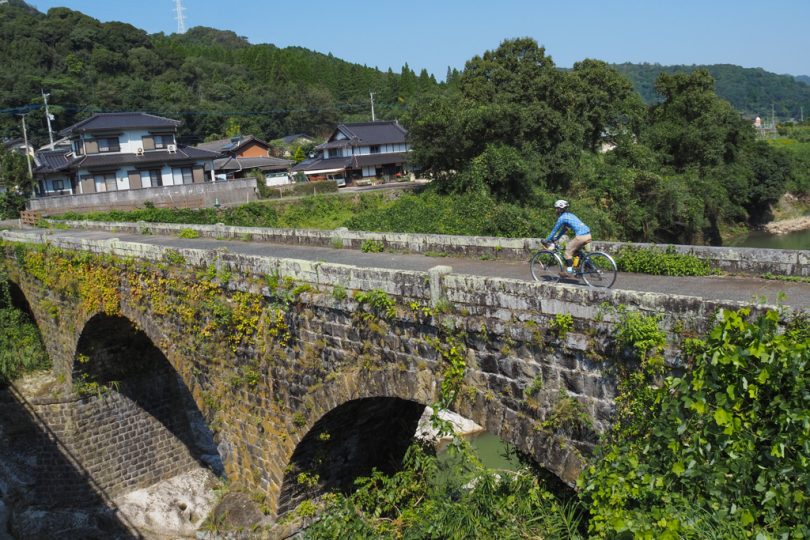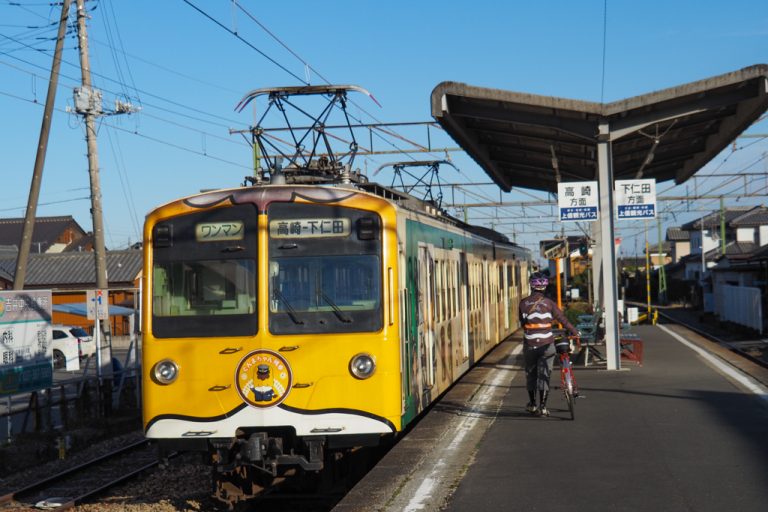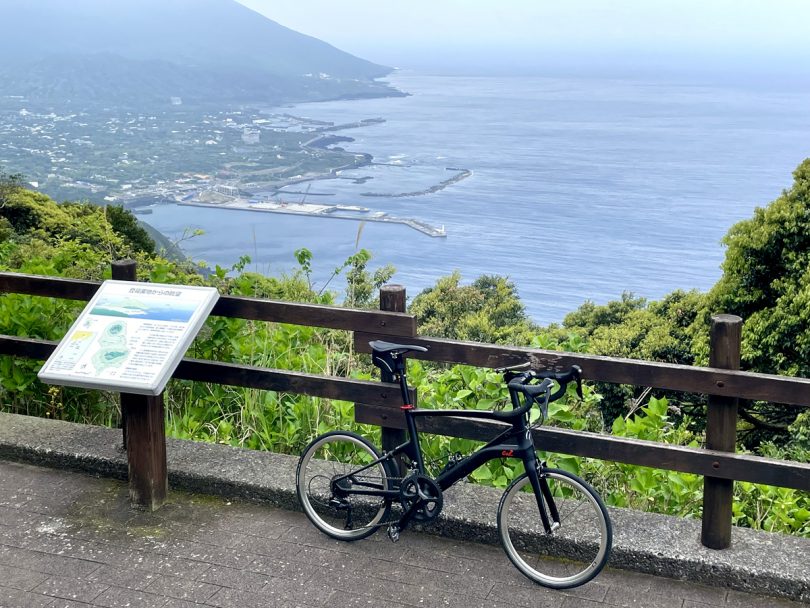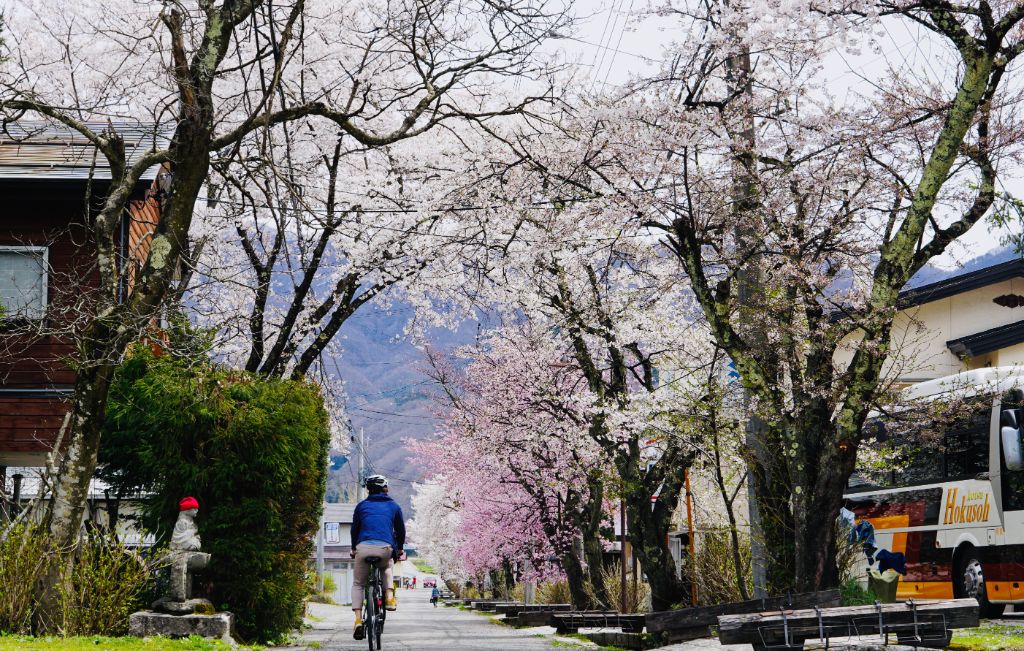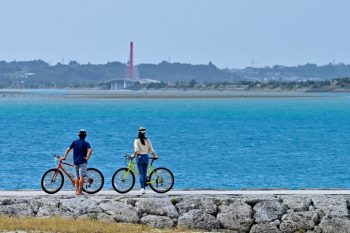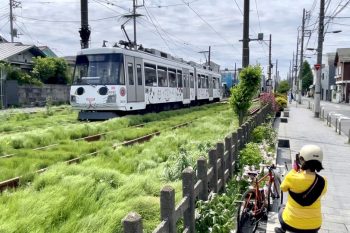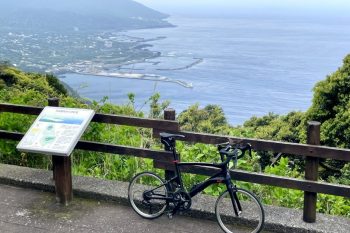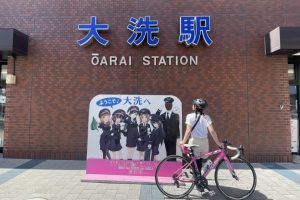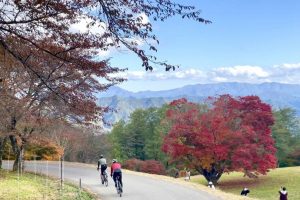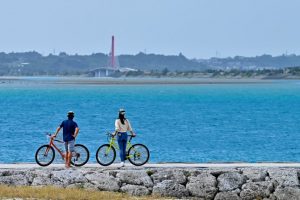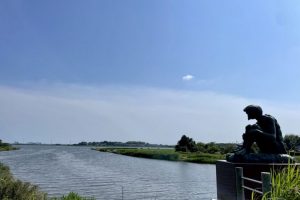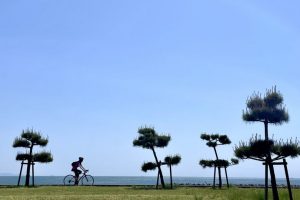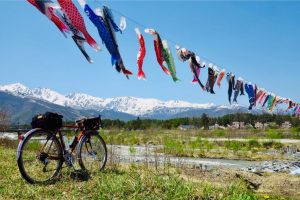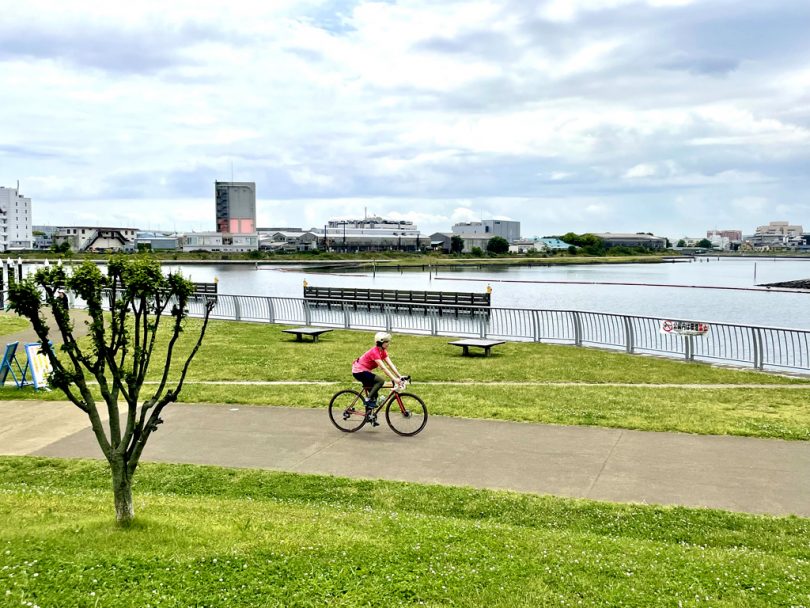
The fifth in a series of bicycle tours based on the theme of “Discovering the charms of Tokyo’s 23 wards” is Ota City, located in the south of Tokyo and home to Haneda Airport.
We introduce the diverse charms of Ota Ward, which is home to Tama River Cycling Path, historic sites, and a retro Showa-era atmosphere, through cycling.
Contents
What is Ota Ward like?
Ota Ward was created in 1947 through the merger of the former Omori and Kamata wards, and the ward was named “O-ta” by taking one letter from each of the two wards.
Haneda Airport occupies 1/3 of the ward’s area, making it the largest of Tokyo’s 23 wards due to the airport’s expansion.
It has one of the world’s largest airports, town factories unique to an industrial city included in Keihin Industrial Zone, shopping streets bustling with many people, and well-developed park scenery in the seaside area. There are also many historic sites and places of interest, showing the diverse aspects of the city.
Heiwa-no-Mori Park
Cycling starts at Heiwa-no-Mori Park. There are many parking lots around the park, and its proximity to Keikyu Heiwajima Station makes it an ideal meeting place.

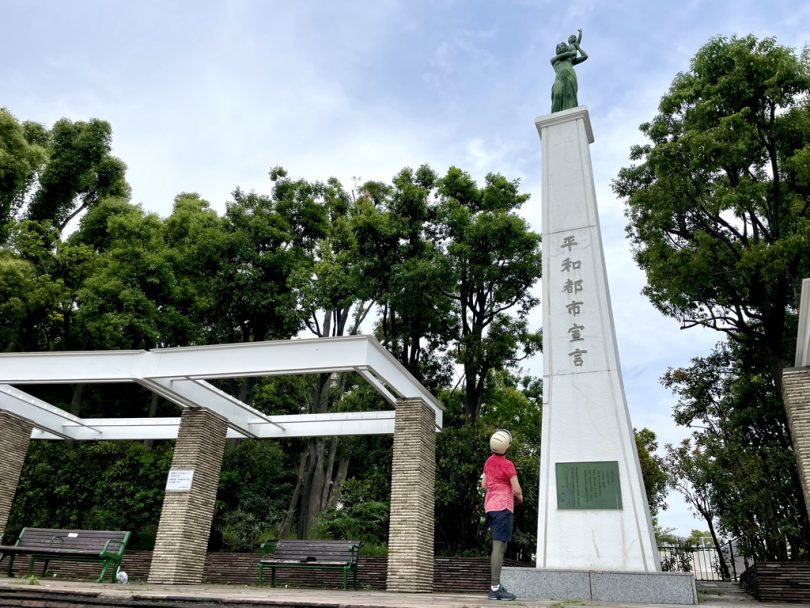
The north side of the park is a lush green area with a lawn and a pond, and the circular road is open to cyclists. There are also walkers and runners, so we ride slowly.
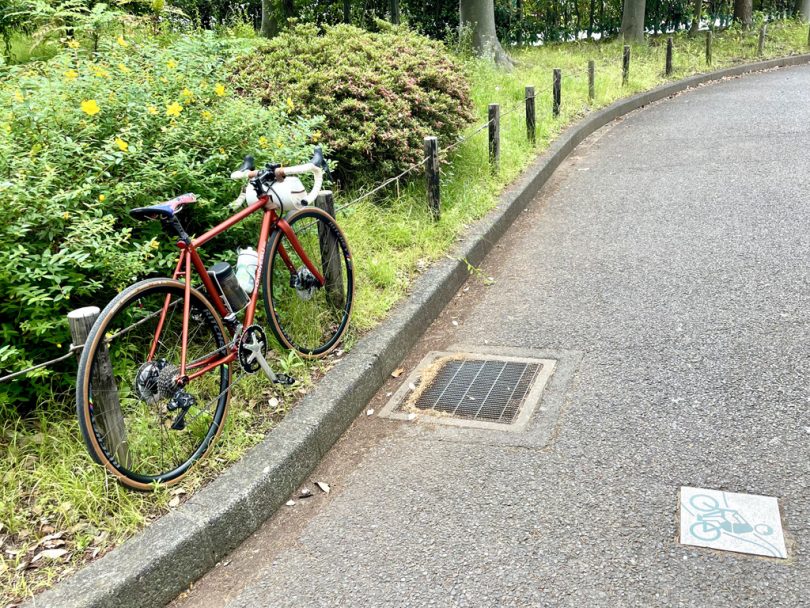

Omori Furusato-no-Hamabe Park
A short ride south from Heiwa-no-mori Park is Omori Furusato-no-Hamabe Park.
Here you will find the Omori Nori Museum.


Nori cultivation in Ota Ward and other coastal areas of Tokyo, which began in the middle of the Edo period, came to an end in 1963. Here, visitors can learn and know about those local cultures with no entrance fee.
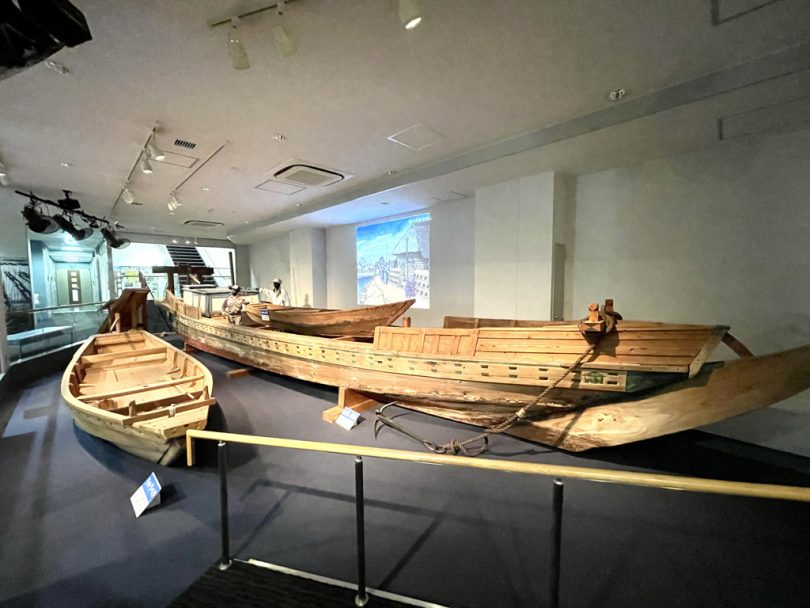
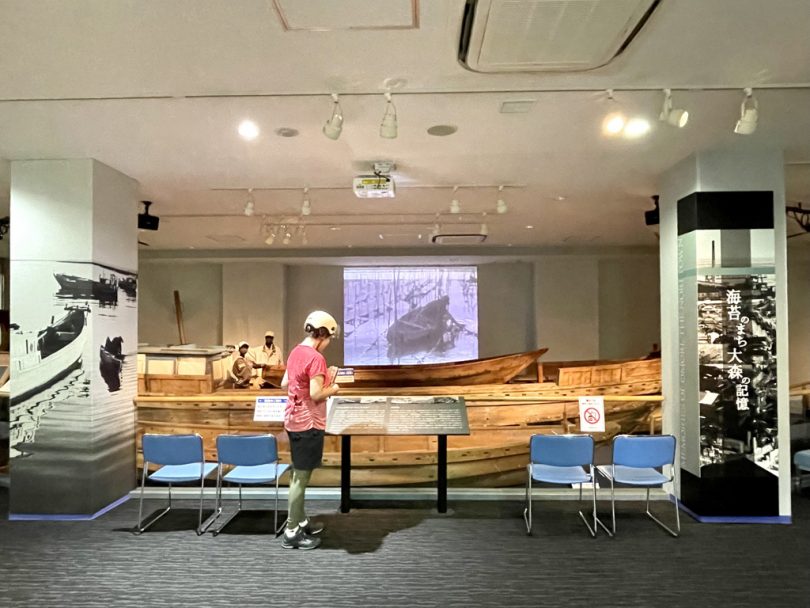
“White sand beach” on the south side of the park. The white sand beach is a resort-like scenery that one would not expect to find in the 23 wards of the city. Swimming is prohibited, but it is OK to put your feet in.


It is great to relax on the beach or on the lawn and watch the ocean.

Haneda Movable Bridge
At the mouth of the Ebitori River near Haneda Airport is an unused “movable bridge” over Metropolitan Expressway.
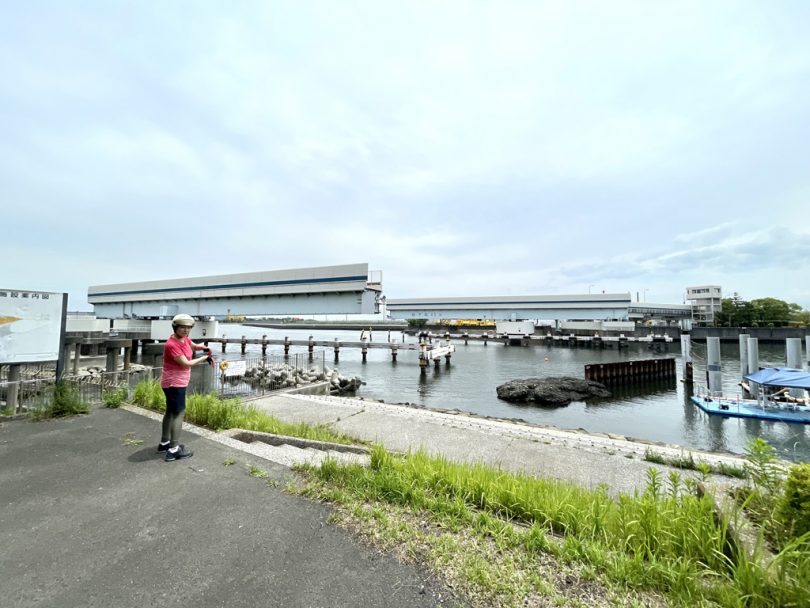
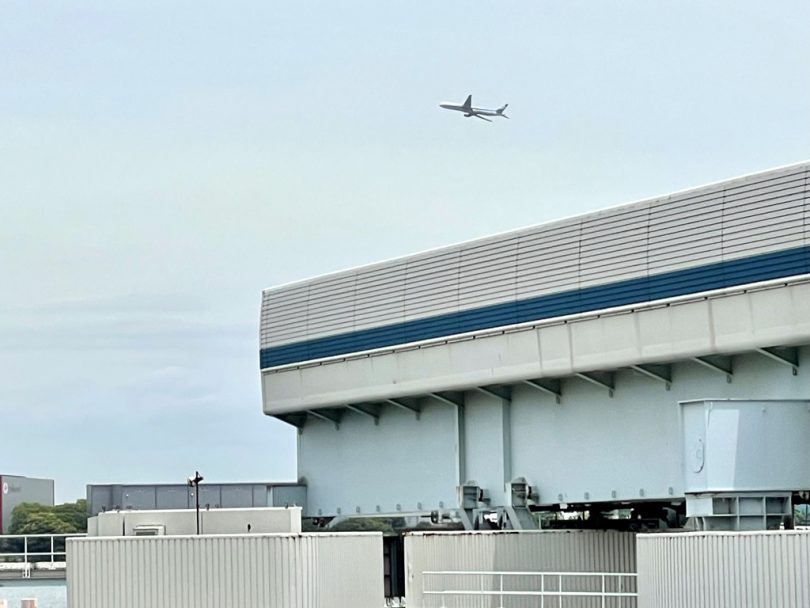
The bridge was built to relieve traffic congestion near Haneda Tunnel on Metropolitan Expressway No. 1 Haneda Line, but after Wangan Line opened in 1994, traffic congestion was virtually eliminated and the movable bridge ceased operation in 1998, where it remains to this day.
Tokyo Haneda Anamori Inari Shrine
Anamori Inari Shrine is about 2 km from Haneda movable bridge.
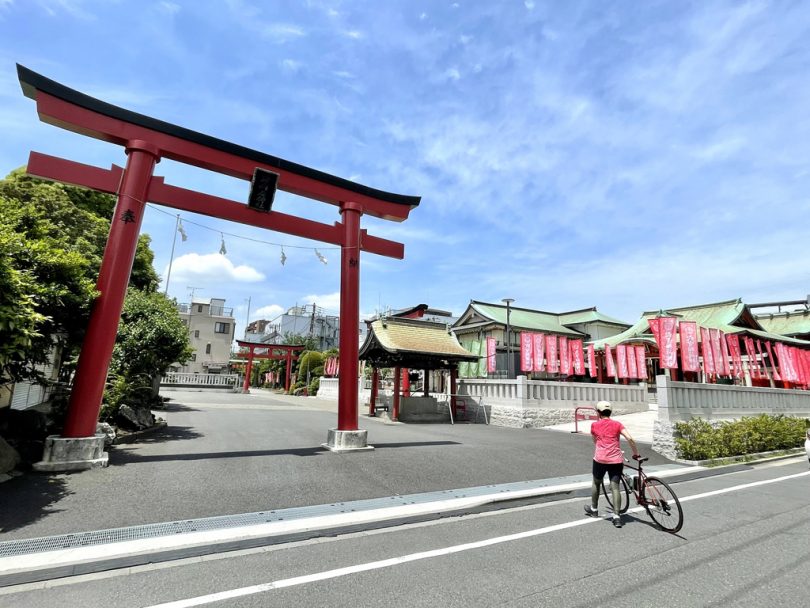

Those who use Keikyu line to Haneda Airport have probably heard the name “Anamori Inari Station” at least once.
The shrine was originally located on the site of Haneda Airport, and was originally dedicated to the deity Inari Ojin during the development of new rice paddies in Haneda Village. With the expansion of Haneda Airport, the shrine was relocated to its current location.
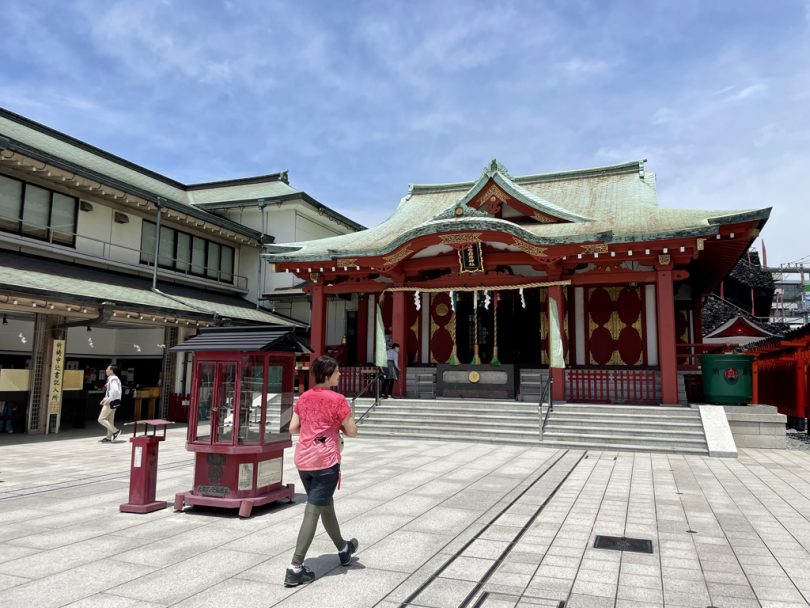
Next to the shrine building is Senbon-torii gate, and there are several smaller torii gates on its side.

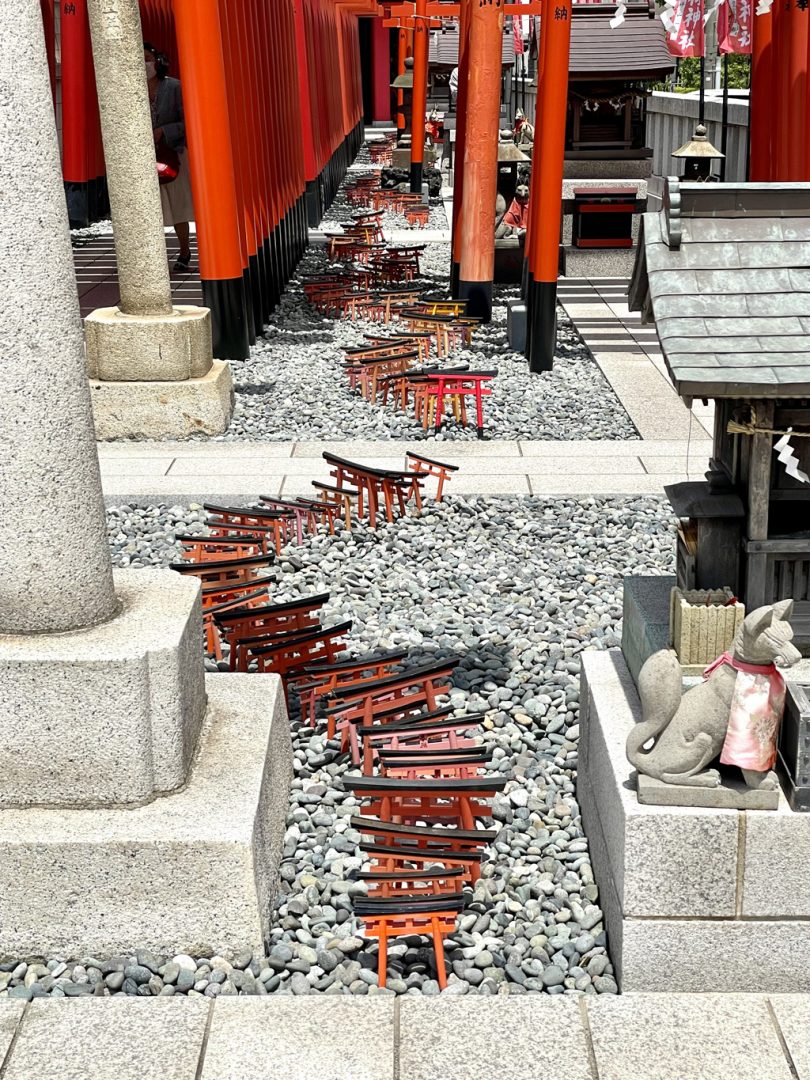
From the top of Mt. Inari, past Senbon-torii, one can look down on Senbon-torii.
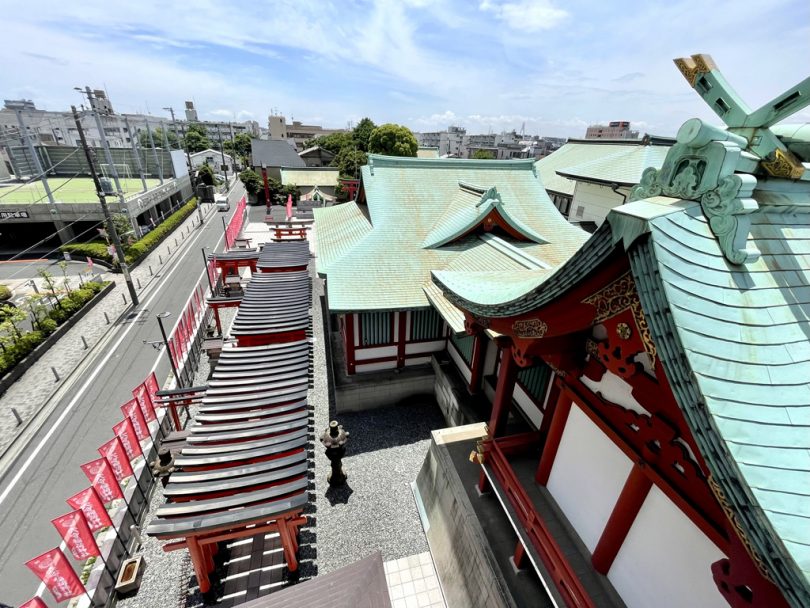
If you go from Anamori Inari Shrine to near Benten Bridge over the mouth of Tama River, you will find “Anamori Inari Shrine Old First Otorii”.

The former First Torii of Anamori Inari Shrine, which used to be located at what is now Haneda Airport, was moved to this location in 1999 and became a torii controlled by the Ministry of Land, Infrastructure, Transport and Tourism.
At that time, the torii plaque was changed from “穴森神社”(Anamori Shrine) to “平和 ,”(Peace) and the shrine is no longer directly related to Anamori Inari Shrine.
Tama River Cycling Course
Tama River Cycling Course (commonly known as “Tama-Sai”) along Tama River begins near the former Grand Gate of Anamori Inari Shrine.
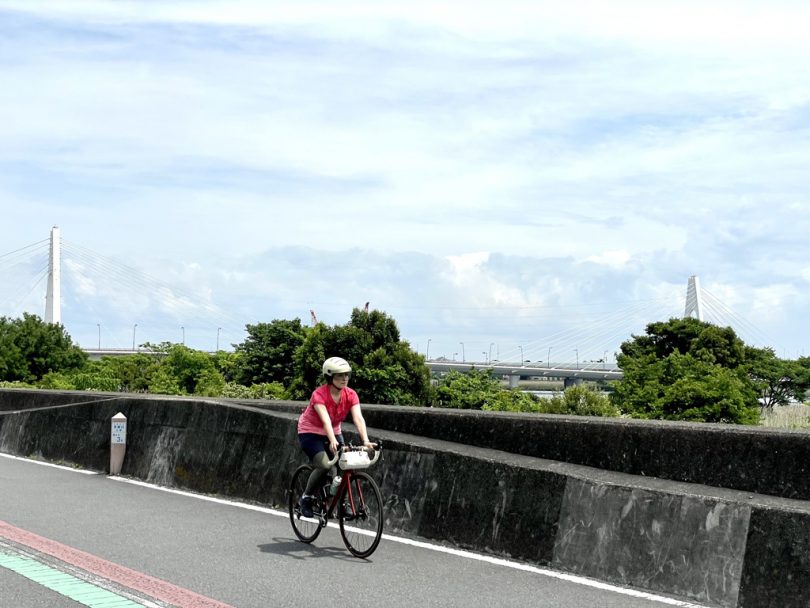
Together with Arakawa Cycling Course (also known as “Ara-Sai”) and Edogawa Bicycle Path, it is one of the most famous cycling courses in Tokyo.

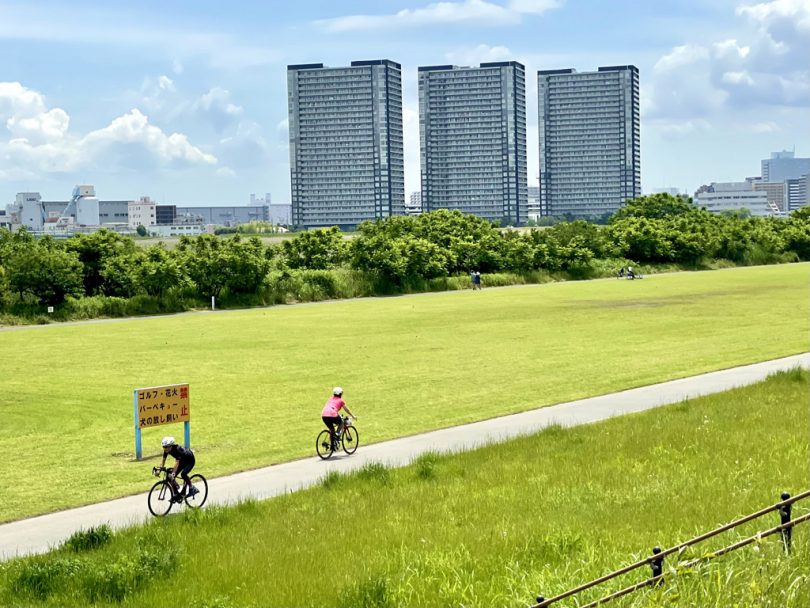
The elevated railway near Rokugodote Station on Keikyu Main Line has low girders, so “頭上注意” (be careful over your head).

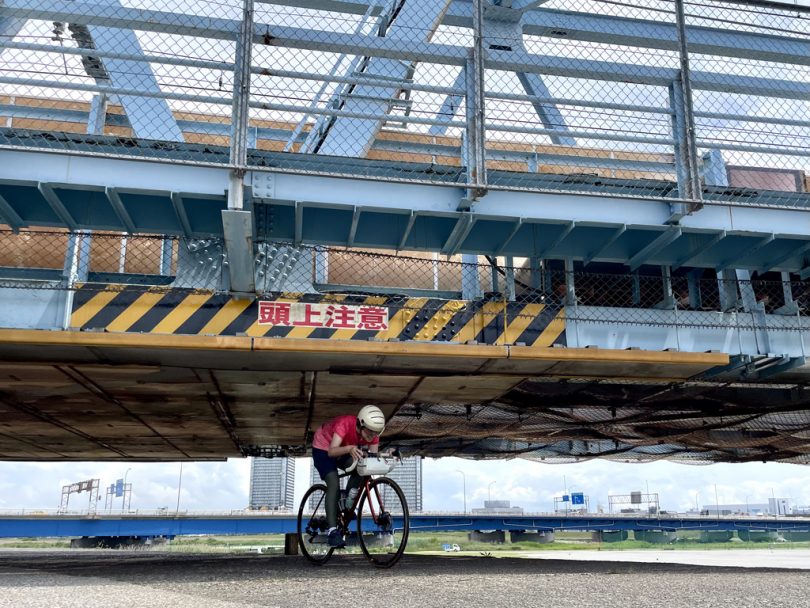
Ride along Tama-Sai for a while and head toward JR Kamata.
Retro stores still remain around Kamata Station
Kamata Tokyu Ekimae Dori Kai is a small street lined with about 60 unique stores, mainly bars, along Tokyu Line guard at the west exit of JR Kamata Station. It is commonly called “Bourbon Road.”
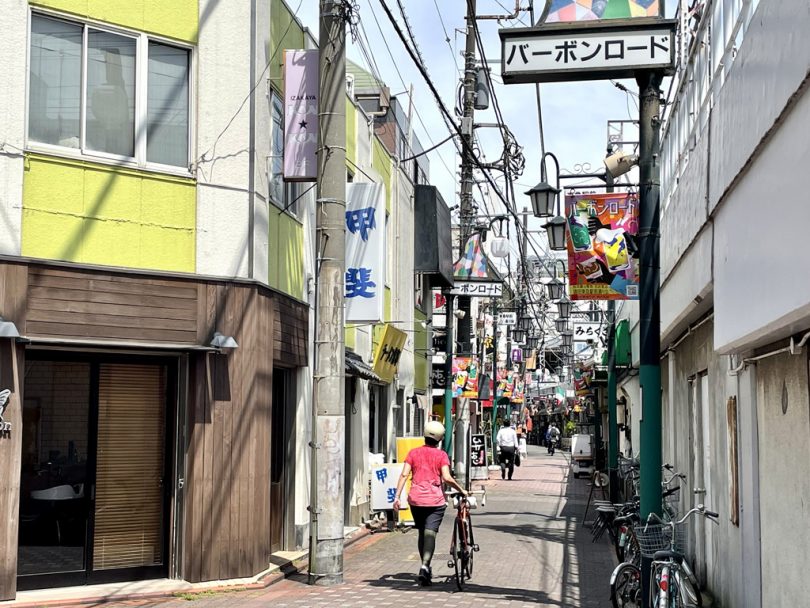
It is a street with a retro Showa-era feel that would be more suitable for shochu (distilled spirit) than bourbon, but there are some stylish stores as well.
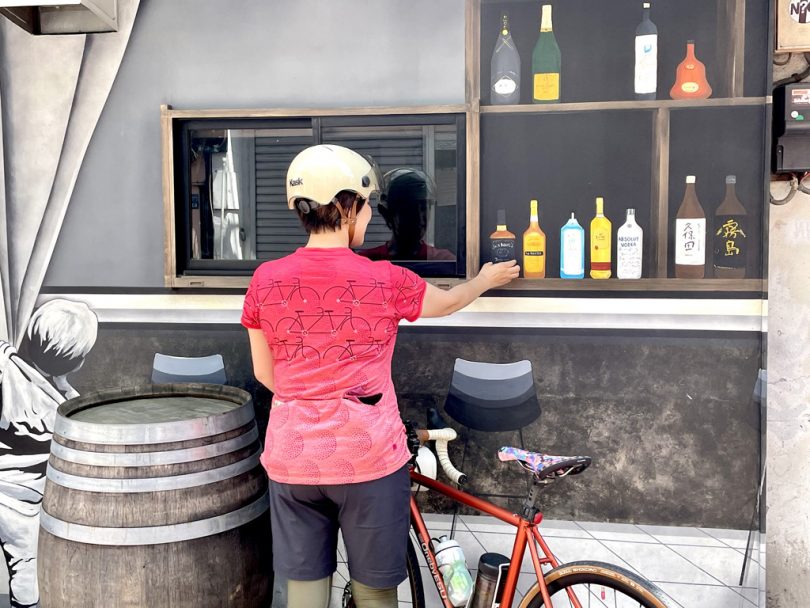
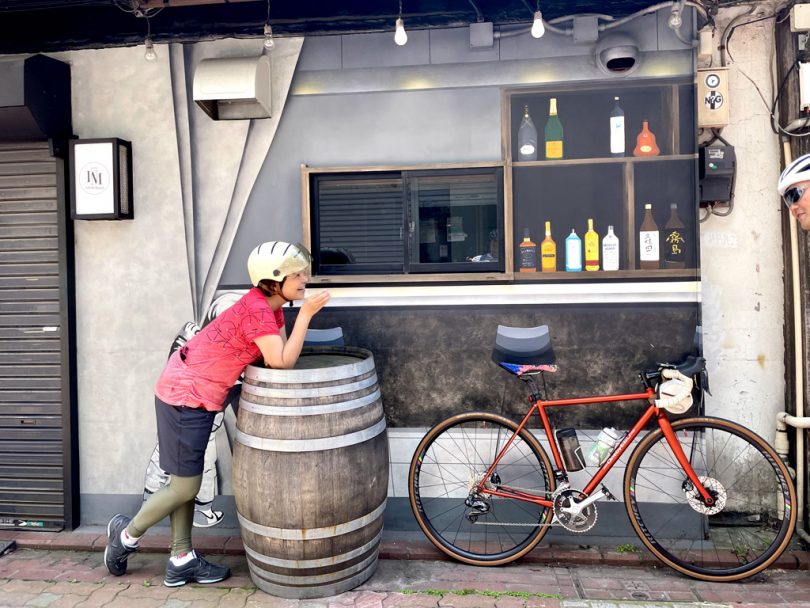
Riding to the east side of JR Kamata Station, we had lunch at “Cafe Cherry”.
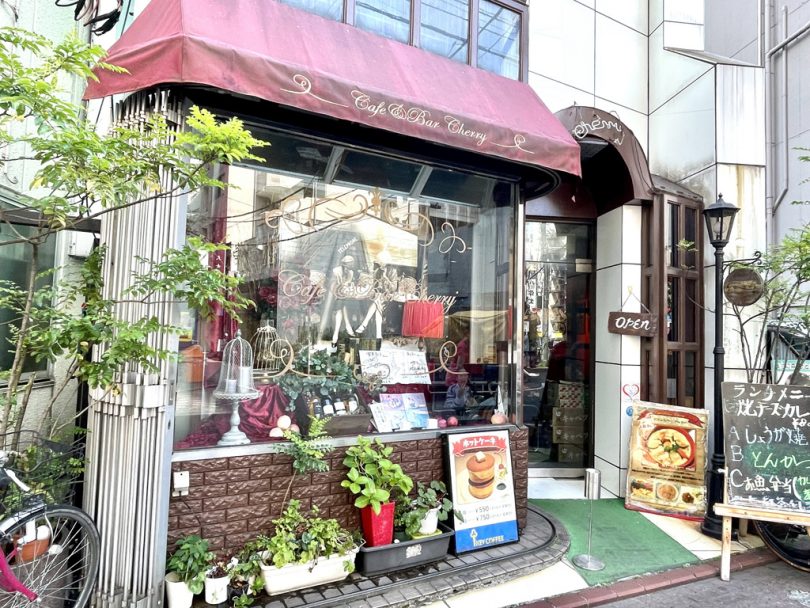
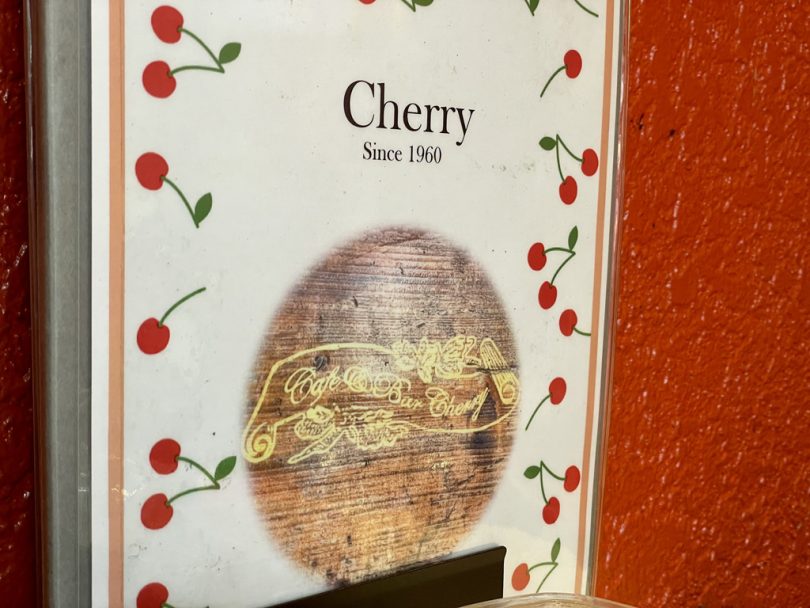
Founded in 1960, the coffee shop is also full of retro atmosphere. The popular grilled curry set comes with miso soup, another Showa-era touch.

The drink is a melon soda, which is on the menu separately from the set, to match the atmosphere.
Ikegami Honmonji Temple
Walk northward along Oshiro-dori shopping street on the west side of Kamata Station to Ikegamihonmonji Temple.
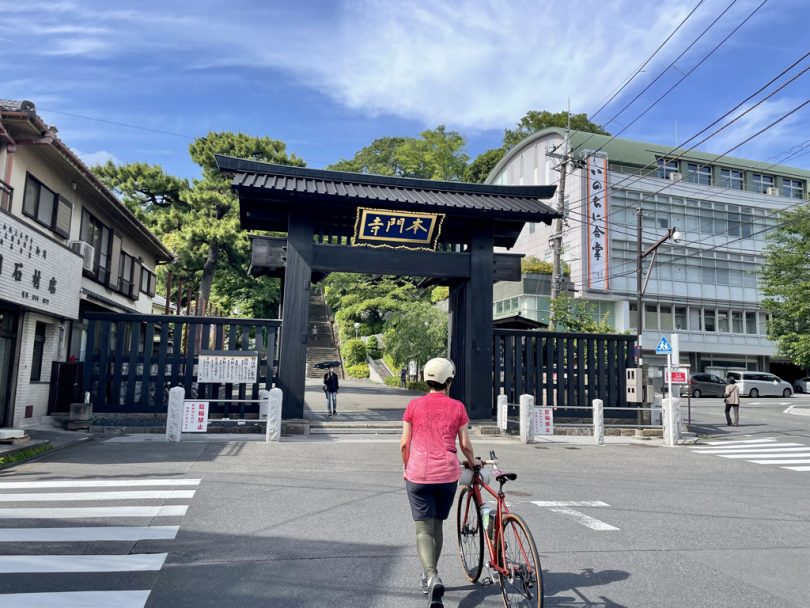
The main hall can be reached by climbing the 96 stone steps up the hill from the main approach, but bicycles can be used to climb the hill on the west side to the parking lot near the main hall.
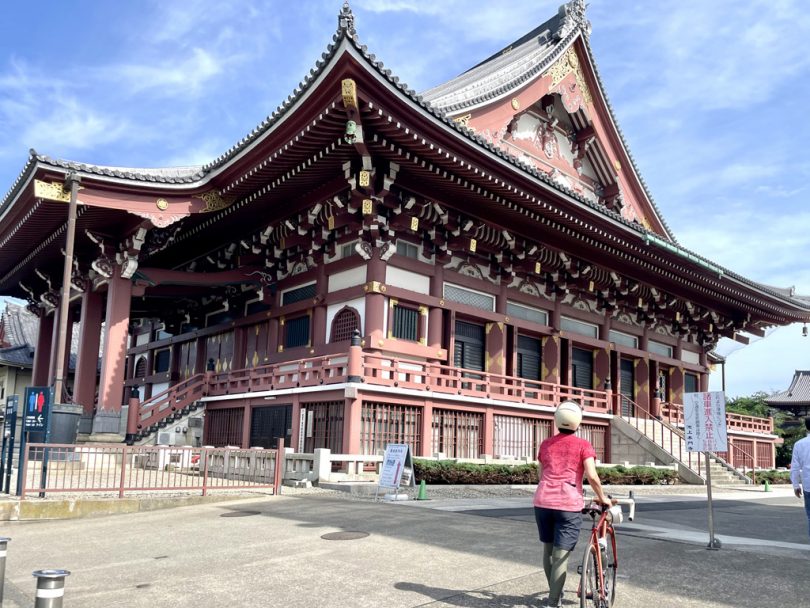
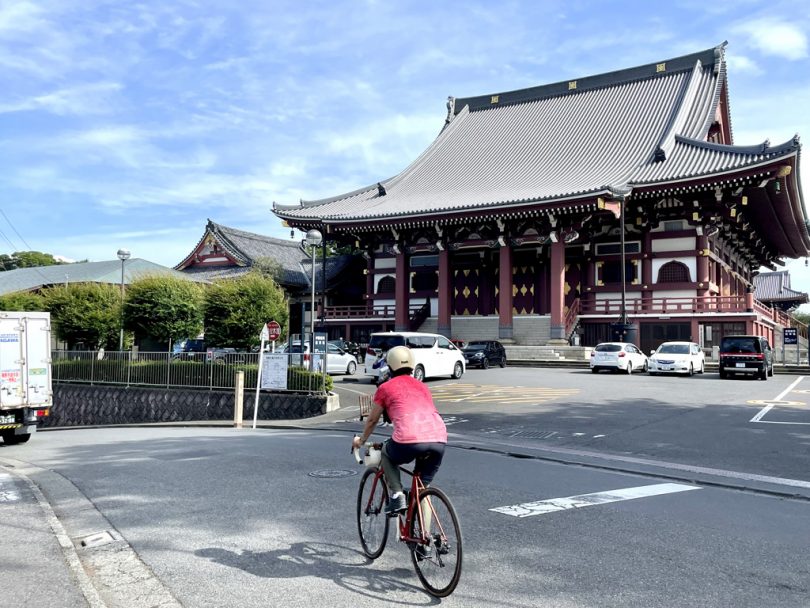
Heiwajima Park from Omori Station
From Ikegami Honmonji Temple, we rode through the residential area of Ota Ward to JR Omori Station.
Many roads in Ota Ward have arrow feathers not only on the main roads but also on side streets, so you will feel very safe.
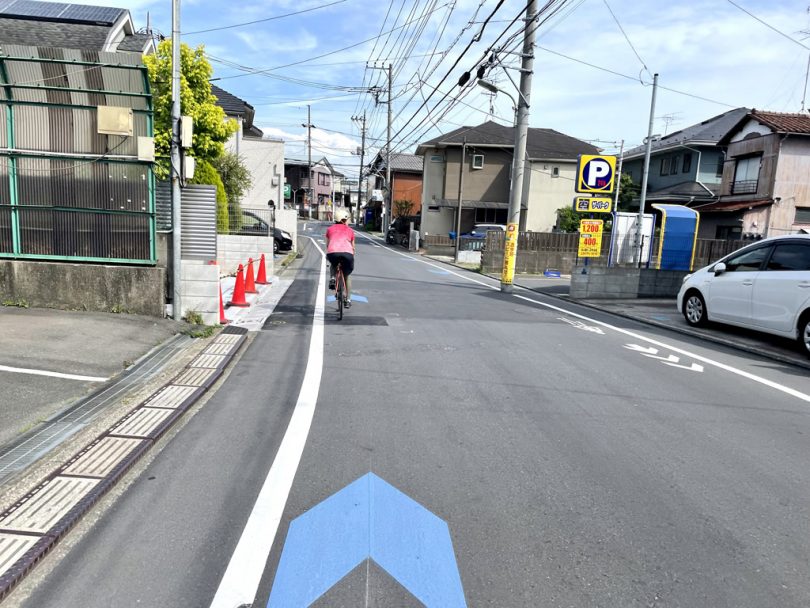

Stop at the west exit of JR Omori Station and head toward Keikyu Omori Kaigan Station, then back to Heiwajima Park on the east side of Heiwanomori Park to finish the cycling.
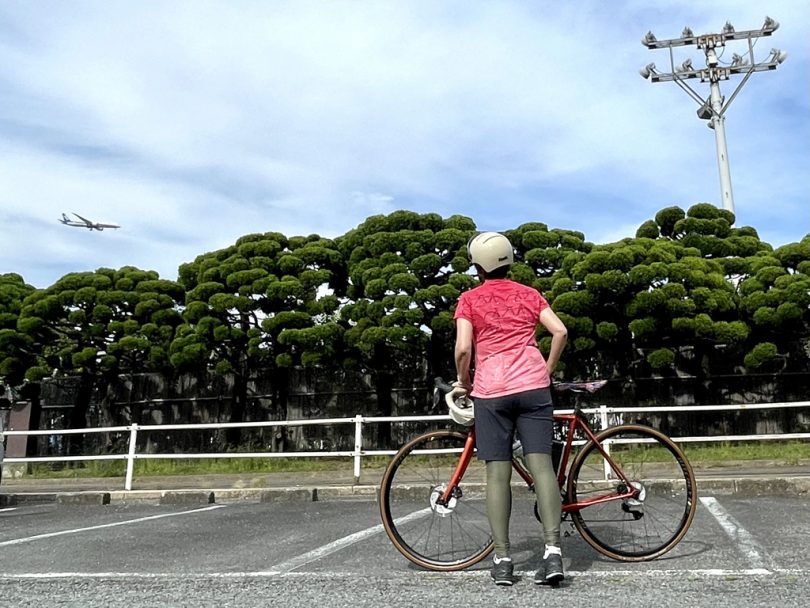
Course Introduction
Distance: 25 km Elevation gain: 68 m
Summary
When we thought of Ota Ward, we had an image of town factories, but we had no idea that there were many lush green parks and a sandy beach near the airport. The torii of Anamori Inari Shrine, stores with a nostalgic retro atmosphere, and pedalling along a cycling path are the unique attractions of cycling.
Although the distance is 25 km, it is mostly flat, so you can enjoy cycling as if you are pottering around.
There are also shared bicycles around the station and at major spots, so you can enjoy exploring Ota Ward by train and shared bicycle, and then return home after having a drink on Bourbon Road on Kamata. It may be fun to do so.


Cooperation: TOKYO SAN-ESU Ltd.


